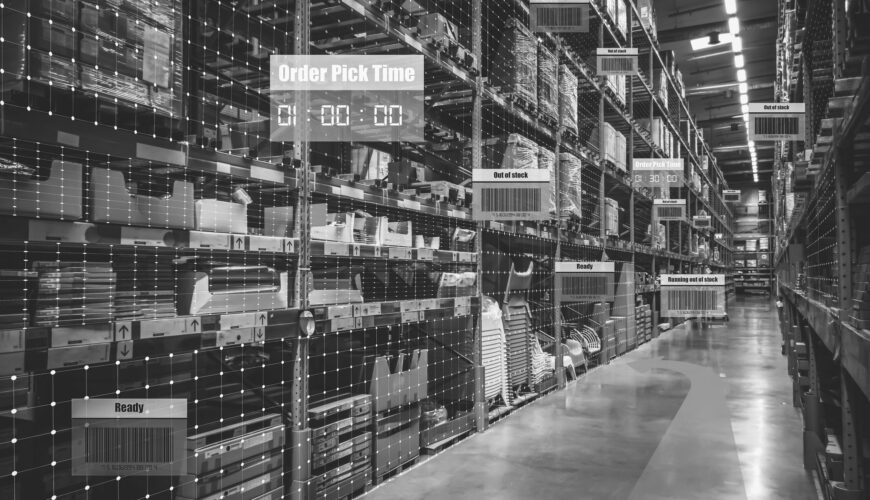This white paper serves as a guide to the role of AR and VR in the supply chain. Integrating augmented reality (AR) and virtual reality (VR) technologies into the supply chain has emerged as a transformative force, redefining traditional processes, and optimizing efficiency. This white paper explores the current state of AR and VR in the supply chain, delves into existing applications, and forecasts the future trends that will shape the industry.
Current Applications of AR and VR in the Supply Chain
Warehouse Management: AR: Warehousing personnel can utilize AR headsets to access real-time inventory information, reducing picking errors and enhancing order fulfillment efficiency. VR: Training programs using VR simulations help warehouse staff practice complex tasks, increasing proficiency and minimizing errors in real-world scenarios.
Inventory Management: AR: AR-enabled devices can overlay digital information onto physical products, aiding in quick and accurate inventory checks. VR: Virtual environments facilitate collaborative inventory planning sessions, allowing teams from different locations to work together seamlessly.
Logistics and Transportation: AR: Augmented reality can enhance drivers’ navigation by providing real-time information about traffic, weather, and delivery schedules. VR: Virtual reality simulations are employed for driver training, creating realistic scenarios without physical vehicles.
Maintenance and Repairs: AR: Technicians can use AR to access digital equipment overlays, guiding them through maintenance procedures and troubleshooting steps. VR: Virtual reality enables remote assistance, where experts can guide on-site personnel through complex repairs without being physically present.
Future Trends
Integration of AR and IoT: The convergence of augmented reality and the Internet of Things (IoT) will enhance visibility across the supply chain. Real-time data from connected devices will be seamlessly integrated into AR interfaces, providing a comprehensive view of the entire process.
Immersive Analytics: VR will evolve to offer immersive analytics, allowing supply chain professionals to visualize complex data in three-dimensional spaces. This will facilitate better decision-making and strategic planning.
Blockchain and AR/VR: Integrating blockchain with AR and VR will ensure transparency and traceability throughout the supply chain. Smart contracts in blockchain will be executed seamlessly through AR interfaces, automating processes such as order fulfillment and payment verification.
AI-driven Optimization: Artificial intelligence (AI) algorithms will be embedded in AR and VR applications, enabling predictive analytics for demand forecasting, route optimization, and inventory management. This will lead to more proactive and efficient supply chain operations.
Challenges and Solutions
Technological Barriers: As AR and VR technologies advance, ensuring compatibility and interoperability among different systems poses a challenge. Industry standards need to be established to address this issue.
Cost Implications: The initial investment required for AR and VR implementation can be substantial. However, the long-term benefits in terms of efficiency gains and cost savings make it worthwhile.
Security Concerns: With the increasing reliance on digital interfaces, cybersecurity has become a critical concern. Robust security measures must be in place to protect sensitive supply chain data from cyber threats.
Case Studies
DHL’s AR-powered Vision Picking: DHL implemented AR in its warehouses, resulting in a reported 25% increase in efficiency. The technology guides workers through the picking process, reducing errors and training time.
Walmart’s VR Training Program: Walmart utilizes VR simulations to train its associates in various scenarios, from customer interactions to emergency procedures. This has led to improved employee performance and satisfaction.
In conclusion, integrating augmented and virtual reality into the supply chain is an ongoing journey with immense potential. As a subject matter expert, embracing these technologies and staying abreast of emerging trends is crucial for optimizing supply chain operations. The future promises a seamless fusion of AR and VR in the supply chain with other cutting-edge technologies, revolutionizing how we perceive and manage the supply chain.


